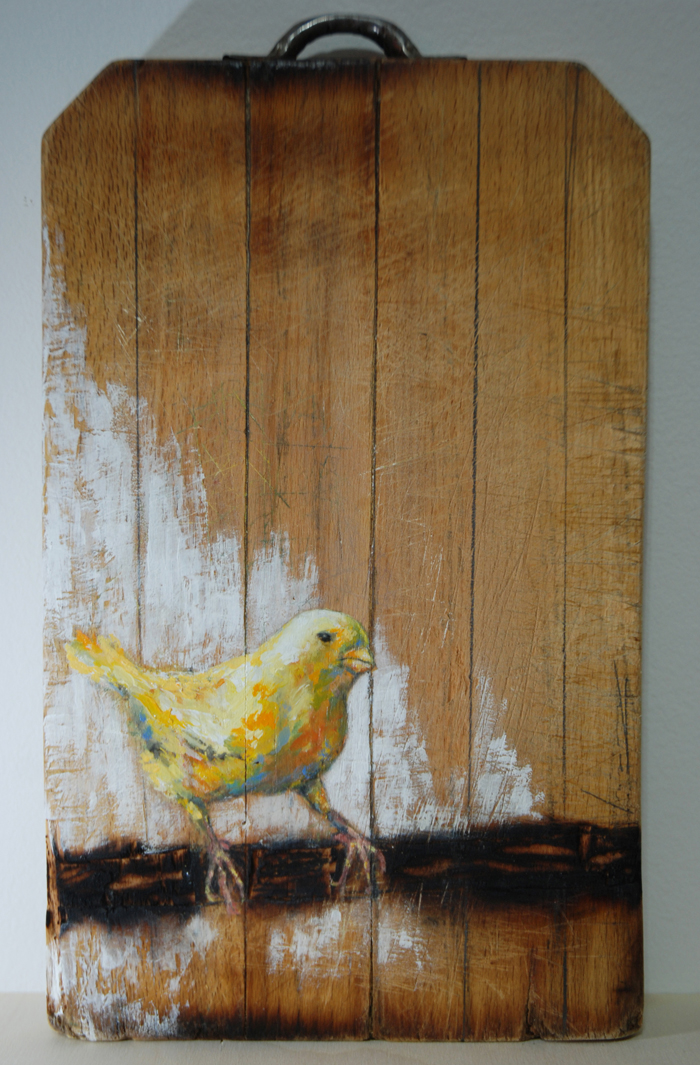Intervista a Sonny Insinna
di Floriana Spanò
Sonny nasce a Palermo nel 1977.
Ha frequentato l’istituto d’arte e l’Accademia di Belle Arti di Palermo .
Opera nel panorama artistico contemporaneo dal 1995 e la sua ricerca, grazie al connubio con le diverse arti visive,si concentra sul concetto neo platonico della materia in cui la stessa va indagata,esaminata e scarnificata per arrivare al nocciolo della cosa rappresentata,alla sua anima .
E’ compito dell’artista liberare l’anima contenuta nella materia ed Insinna lo fa attraverso la bruciatura.
Questa e’ vista in un primo momento come simbolo di un rito di passaggio in cui il fuoco lascia tracce di un vissuto indelebile;succesivamente la necessita’ di un ritorno alla pittura generalmente intesa, spinge l’artista a coniugare l’immagine rappresantata con la stessa.
L’icona diventa l’oggetto ed il soggetto in quanto tale, involucro visibile di cio’ che siamo, mentre la bruciatura e’ rappresentazione dell’invisibile; un’ombra che ci alimenta, ci identifica e spaventa.
L’artista, riprendendo il mito della caverna di Platone, si “mostra” nella video intervista come un’ombra per sottolineare che solo chi ha voglia di conoscere e capire il significato delle cose và oltre l’apparenza.
L’ombra rappresenta cio’ che percepiamo attraverso i nostri sensi ,ed e’ questo istinto primordiale che ci porta ad avere voglia di uscire dalla caverna (dal nostro mondo) e portare avanti il cammino della conoscenza.
English text.
Sonny Insinna was born in Palermo in 1977.
He attended the Art Institute and the Academy of Fine Arts in Palermo.
He works in the contemporary art scene since 1995 and his research, thanks to the combination with the various visual arts, is focuses on the concept of neo-Platonic matter in which it should be investigated, examined and stripped to get to the crux of the thing represented, to his soul.
The artist have to liberate the soul contained in the matter and Insinna does it through the burn.
The burn is in a first moment as a symbol of a rite in which fire leaves indelible traces of a life; subsequently the artist combines the image with the burn because he wants to return to painting
The icon becomes the object and the subject as such, visible casing of what we are, while the burn is representation of the invisible; the shadow that feeds us, identifies us and scares.
The artist, allude to the myth of Plato’s cave and “show” himself in the video interview like a shadow to emphasize that only those who want to know and understand the meaning of things goes beyond appearance.
The shadow is what we perceive through our senses, this is primal instinct that leads us to want to get out of the cave (from our world) and pursue the path of knowledge.












Comments are off this post!